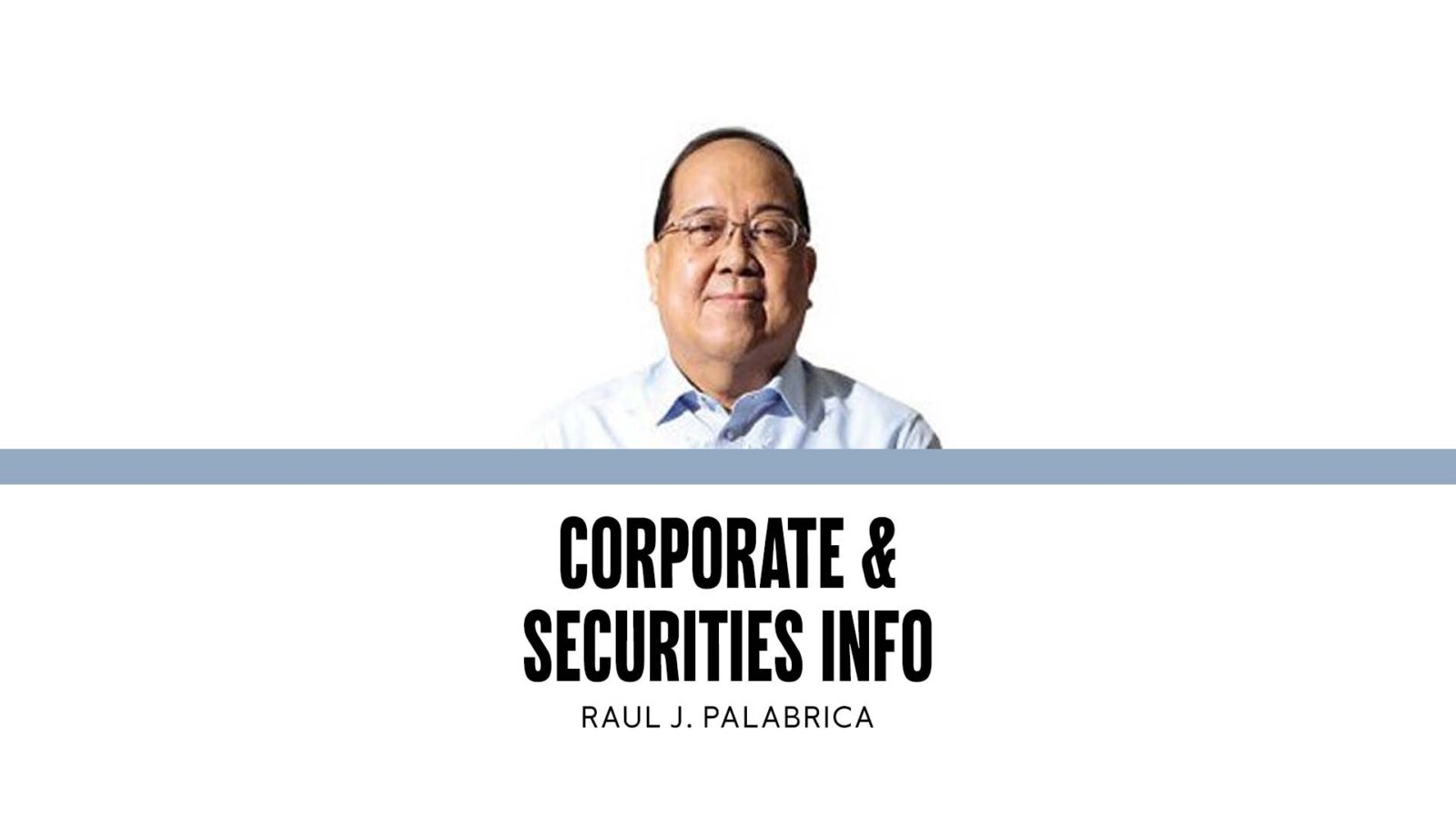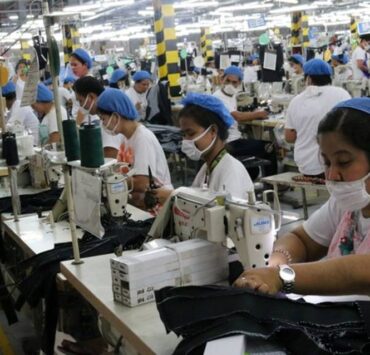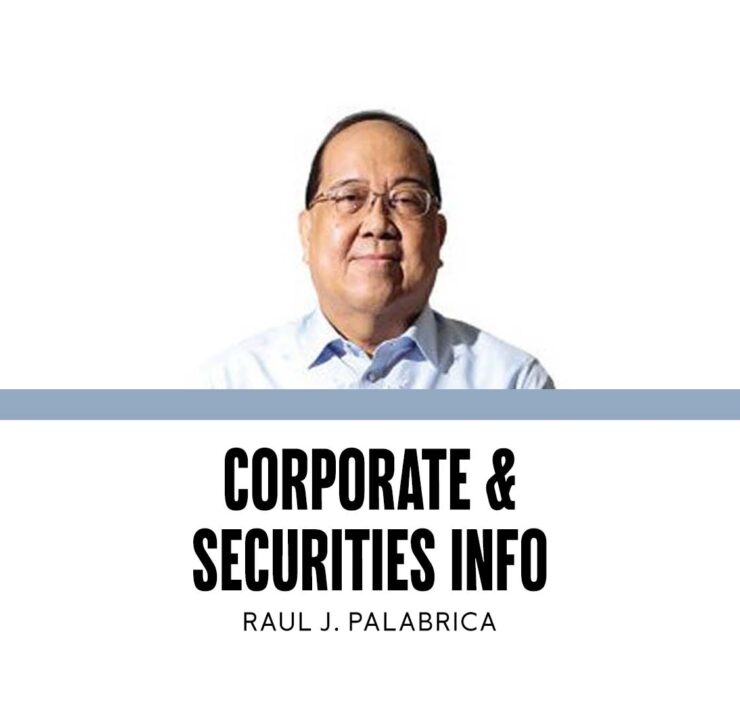Retirement blues

A recent survey conducted by Insular Life Assurance Co. Ltd. on 1,000 respondents, aged 18 to 59, who are earning at least P2,000 to P220,000, showed that “most Filipinos remain anxious and unprepared for retirement due to persistent financial and economic barriers despite growing awareness.”
And that on the average, only one out of four Filipinos (or 24 percent) across all age groups is prepared to meet the financial and social challenges that often accompany the end of their employment or professional life.
The “R” word has often been romanticized as an opportunity to take a break from the routine of daily work, engage in unrealized personal pursuits and to smell the flowers, so to speak.
The event is usually accompanied by a celebration, appreciative statements and farewell gifts. Then, the morning after, a new way of life comes that some retirees may not have prepared for.
In the Philippines, employers and employees can agree on when the latter shall retire from work either through an employment contract or a collective bargaining agreement, if there is one.
If neither arrangement is present, the law fixes the age for compulsory or mandatory retirement at 65 years, while the minimum age for optional retirement is 60 years.
These are also the periods when the Social Security System and Government Service Insurance System give the pension of their covered employees.
But if the retiree has some skills that a company cannot do without or finding a replacement would be difficult, it is common practice that he or she is retained as a consultant or on a fixed-term basis, which has less financial benefits for the same work performance level.
The same age cutoffs generally apply to government employees, except members of the Supreme Court and lower courts whose compulsory retirement age is 70 years.
(Why the 1987 Constitution had given preferential treatment to justices and judges – in apparent deviation from the principle of “equal protection of laws” – has not been satisfactorily explained.)
Because the government has strict rules on mandatory retirement, there are attempts by some employees, when their retirement age cutoff nears, to submit amended certificates of birth that show that they were born later than the date of birth they had written in their employment form.
No harm in trying, because if this ploy succeeds, the employee concerned could have two or three more years of government service.
In some companies, compulsory retirement (which has been described as “the age of statutory senility”) is reckoned either from the number of years of service or the age of the employee.
So, for example, retirement would be after 30 years of service or 60 years of age, whichever comes first.
This means that if the employee was hired at age 20, he or she would be at risk of becoming jobless at 50 years old when he or she is still physically and mentally fit to work, or some of his or her children are still enrolled in senior high school or college.
He or she would therefore be under extreme pressure to look for another employment that may or may not approximate his or her former compensation scale.
Aside from the financial aspect, a critical issue of retirement is life expectancy. Although there are medical parameters that may be relied upon as a guide in determining how long a person would live, coming up with a reasonable estimate of that age is touch and go. Or purely speculative.
The funds that a retiree may have set aside to enable him or her to maintain a comfortable lifestyle may become insufficient if he or she lives longer than expected or planned on.
And the money could run short faster if, knock on wood, he or she gets sick and is hospitalized for a long period. It is common knowledge that excellent medical treatment in the country does not come cheap in spite of Philhealth coverage or senior citizens’ discount.
Bottom line, a prospective retiree should manage his or her expectations about what life would be after reaching the socially-enforced age of work infirmity.


















